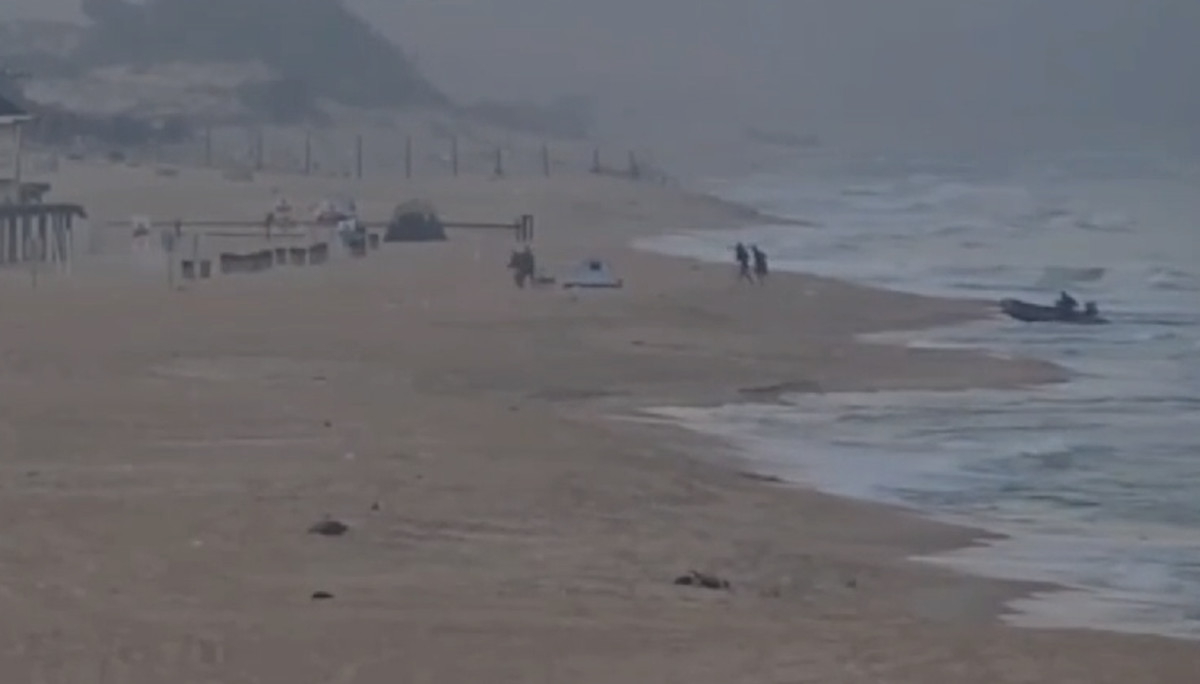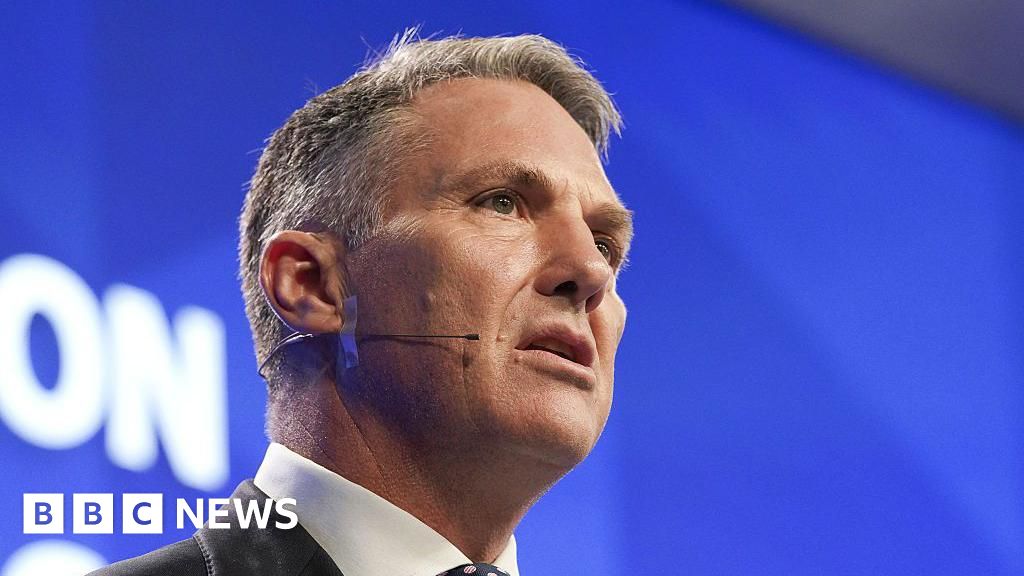“תושבת נתיב העשרה: “כל מה שבני תיעד בשבעה באוקטובר נעלם””
תושבת נתיב העשרה שאיבדה את בעלה גיל ואת בנה אור בטבח ה־7 באוקטובר, סבין תעסה, שוחחה עם ינון מגל ובן כספית ב־103fm בעקבות פרסום תחקיר חוף זיקים.
תעסה הדגישה: “אכן היה מחדל, אכן היה שם אחד המחדלים והאסונות הכי גדולים שהיו אי פעם בתולדות מדינת ישראל. אני עשיתי תחקיר משלי, דיברתי עם כמה ניצולים. דרך הניצולים האלה אספתי עוד חלק מהפאזל ועוד חלק – ולהפתעתי הרבה, לפני חודש מצאתי שיטה לפרוץ לאייפון של אור. אני מגלה שכל מה שאור צייץ ב־7 באוקטובר, כולל שיחות יוצאות, כולל גלריה, כולל צילומים ותמונות – פשוט נעלמו, נמחקו כליל. אז אני שואלת – מה אור צילם שלא רוצים שזה ייצא החוצה? אני, יחד עם זאת, לא מאבדת אמון בצה”ל, לא מאבדת אמון במדינה שלי”.
“אנחנו זומנו אחרי שהתעקשנו והבנו שלא מתכוונים להזמין אותנו, ההורים השכולים, לתחקיר זיקים”, פתחה תעסה. “איכשהו אני התחלתי לגשש ולהפעיל כל מיני עניינים על מנת שנהיה נוכחים. כבר אז הבנתי שמשהו פה מסריח, משהו פה לא תקין – איך ייתכן שמבצעים תחקיר ללא נוכחות ההורים השכולים שאיבדו את הילדים שלהם?“.
“כשאני הגעתי לתחקיר, כמובן שהגעתי מלאת מרץ אחרי שנה וחצי שאני נושכת את השפה, על מנת לשמוע באמת מה אומרים לי ולא ישר לתקוף ולהיות אימפולסיבית”, סיפרה. “כן, ציפור קטנה באה ולחשה לי מלפני שנה וחצי את מה שאירע בחוף זיקים. עדיין סירבתי לבוא ולחשוף את זה בפני התקשורת ולתקוף. אמרתי: ‘אני אשמע, אני אקבל את התחקיר – ואז אני אגיב’. אז אני רוצה להגיד שרוב הדברים שהוצגו לנו בתחקיר הם לא מדויקים ולא נכונים“.
לדבריה, “אותם חיילים שהיו בזיקים – אלה אותם חיילים שקיבלו הוראה להגיע לנתיב העשרה שעות קודם, לחבור לכיתת כוננות – הם לא הגיעו. נתיב העשרה למעשה נשארו עם שלושה מחבלים. גם אנחנו כתושבים הופקרנו על ידי אותם חיילים, על ידי אותו כוח גדוד 51 של גולני. אני לא אומרת שכל כוח גולני אשם בדבר הזה, אבל אותם החיילים הספציפיים – שבעה חיילים – שהיו באותו הבוקר בחוף זיקים, ברחו כמו שפנים. אותו חייל שהיה בתא השירותים, במבנה השירותים והגן כביכול על הבן שלי, על חברים שלו ועל אזרחים – ברח. עד אותו התחקיר, היינו בטוחים שאותו חייל נרצח. להפתעתנו, אותו חייל ברח, הפקיר את הילדים – וברח“.
“איך אנחנו לא יכולים לדעת שאותם חיילים שברחו ולא הועמדו לדין – לא יגיעו מחר לשער נתיב העשרה כחיילי מילואים ויפקידו אותם לשמור עלינו?” תהתה. “אותם חיילים שלא עמדו במשימת חייהם באותו היום – חייבים לנשור מצה”ל, ולא משנה מה הסיבות. מרביתם יצאו על בעיות קב”ן – הרוב הגדול. אתה שואל אותי היום? חלק גדול מהם מטיילים בתאילנד וקוטפים קוקוסים”.
תעסה דרשה להעמידם לדין: “אני חושבת שצריך להעמיד אותם ואת המפקד שלהם לדין. אותו מפקד, מ”פ – יש לי את השם שלו – חייבים לעמוד לדין. לא מעניין אותי הבעיות הנפשיות שלהם, לא מעניין אותי ההלם קרב שהיה להם באותו היום, לא מעניין אותי כלום. אותם אנשים חייבים לעמוד לדין. האנשים האלה לא יכולים לשרת כחיילי מילואים – ולא יודעת. הם לא יכולים לצאת מזה כאילו כלום, להמשיך את החיים שלהם”.
“אולי אני תמימה, אולי אני בן אדם שמאמין בלחטוף סטירה כדי לקום על הרגליים. מה שקרה באותו היום ב־7 באוקטובר, בכל הארץ, בכל המדינה הקטנה הזו – זה כדי לעורר את המתים, כדי לעשות חישוב מסלול מחדש, כדי לעשות ריסטארט לצבא ולכל תחום נושא הביטחון במדינת ישראל”, אמרה.
Have any questions or want help? Contact us here. For extra insights, go to our website.
Learn More…










